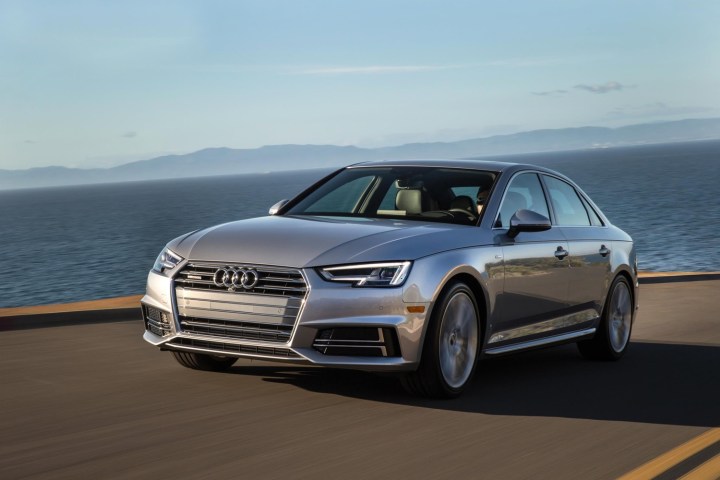
Pending approval by regulators, the companies expect the deal to be complete before the middle of this year. Audi has worked with Silvercar on mobility-related projects since 2012, and Silvercar currently uses Audi A4 sedans exclusively for its airport rental-car service. In 2015, Audi invested $28 million in Silvercar.
“This acquisition enables Audi to move forward with a progressive partner and continue our technology leadership in the next era of mobility,” Audi of America CFO Matt Carpenter said in a statement about the deal.
Audi has been cultivating mobility services for some time now. Its Audi On Demand service offers San Francisco residents short-term car rentals, and the automaker offers a similar Audi At Home service geared toward condos and other residential communities. Both services aim to offer more flexibility than traditional car ownership, while still keeping luxury-car drivers within the Audi fold.
The potential impact of sharing services on the car business has other automakers cozying up with mobility companies as well. General Motors invested $500 million in Lyft last year, and offers low-cost rentals to Lyft drivers through its Maven mobility brand, which offers its own car-sharing services. Volvo is a partner in Uber’s self-driving car program. BMW and Daimler (parent of Mercedes-Benz and Smart) both operate their own car-sharing services.
Sharing service represent a potential threat to automakers, but also a potential opportunity. While increased use of car-sharing or ride-sharing services could lower car sales, automakers could also turn these services into profit centers by operating them themselves. After all, you can’t have a car sharing or ride sharing without cars, and Audi and its compatriots are the ones that make them.
Editors' Recommendations
- Audi Q6 e-tron ushers in the automaker’s next EV phase
- Intel just boosted gaming performance by up to 155%
- Intel’s latest update improves gaming performance by up to 77%
- 2024 Audi Q8 e-tron first drive review: 300-mile luxury EV cruiser
- AMD might finally beat Intel for the fastest mobile gaming CPU


